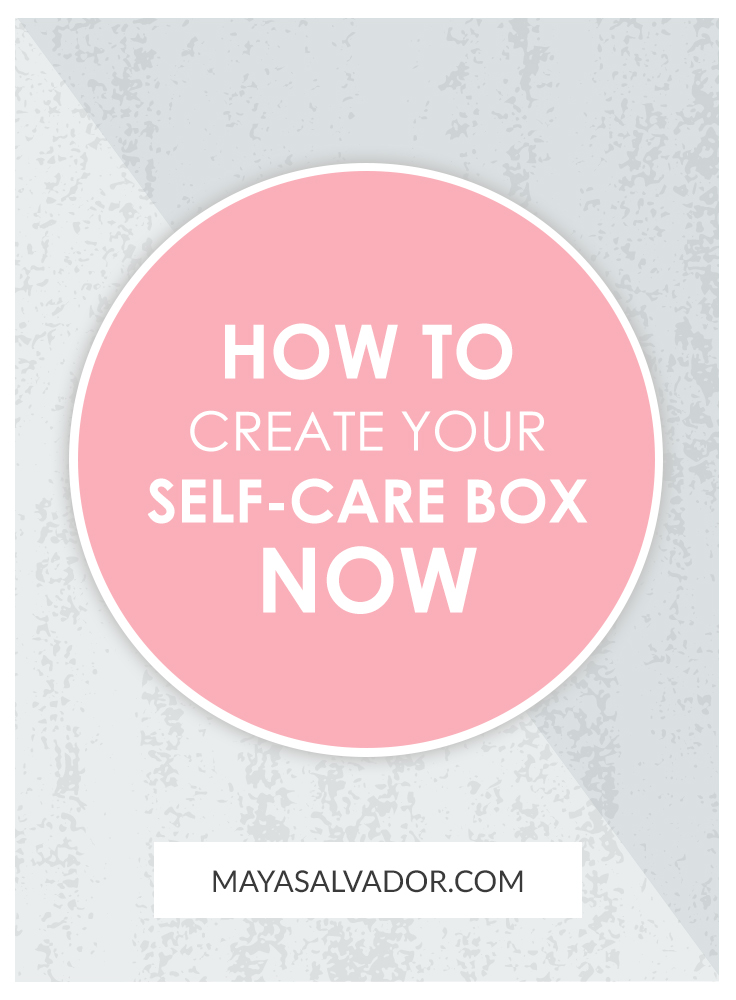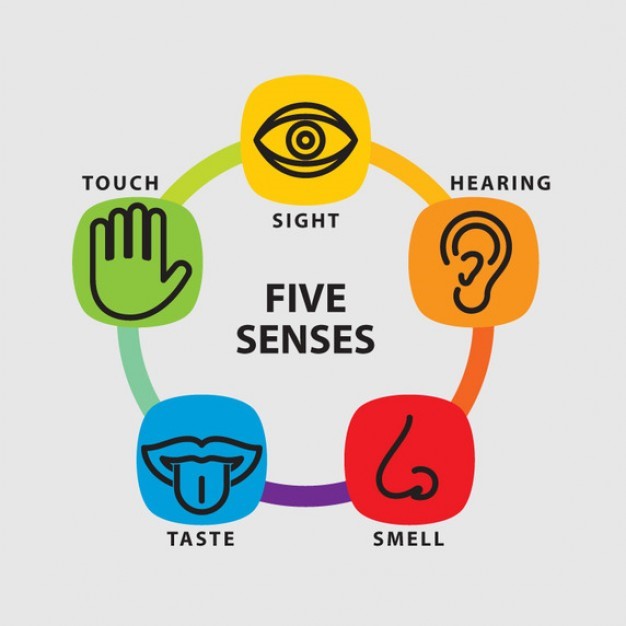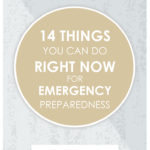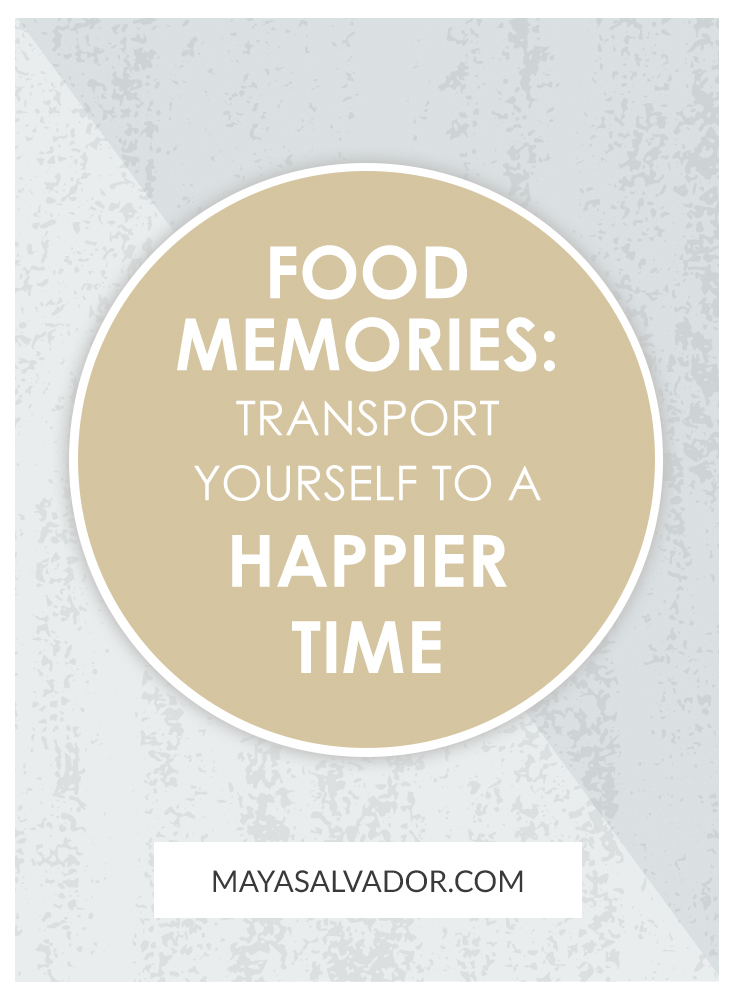
What is a self-care box?
A self-care or wellness box can hold items that promote wellness and relaxation. Choose items that can help you cope when you’re experiencing a crisis. Being mentally fit is equally important to being physically fit. Research has also shown that there is a direct link between our mental health and physical illness.
So why do we often neglect our mental health? Almost every home and workplace have a first aid kit. Why not have a self-care emergency kit? Why not take it a step further and create one that goes beyond emergencies. For maximum benefits, make it a part of your daily life.
Having a coping plan in place can help people with various personal struggles. Whether you are having a bad day, or just want to be proactive and prevent stress buildup. Or you may be struggling with mental health issues or addiction. Maybe you’re trying to quit cigarettes or stop overeating when you’re stressed. Having a strategy in place for taking care of yourself will help you along your journey to well-being.
Why do I need one?
Self-soothing is something we learn in infancy. We start in life with pacifiers and security blankets. And society pressures us to ditch these things in childhood. Eventually, learning to soothe ourselves is forgotten as we get older. Too frequently we use damaging coping mechanisms that worsen our problems.
There are many benefits to putting together and using a self-care box. You can access it during times of stress or to boost your mood. Used routinely, it is a proactive measure to ward off anxiety and stress. Having this routine will also give you something to look forward to. It’s well-known that there is a strong mind-body connection. Self-care improves your health and overall well-being.
I’m not depressed, do I still need one?
Even if you are not experiencing mental illness, taking care of your mental health is still a priority. According to the Canadian Mental Health Association, “Mental health is more than the absence of a mental health condition or illness: it is a positive sense of well-being, or the capacity to enjoy life and deal with the challenges we face.”
What do I put in a self-care box?
Your self-care “box” can be anything you want. It can be an actual box filled with physical items (e.g. stress ball). Or it can be a wellness routine (e.g. weekly yoga classes), or a list of strategies (e.g. when I am feeling anxiety, I will listen to music). You can even make a system that is a combination of all of these.
Examples of Self-Care Boxes
Take a look at some other wellness boxes that others have shared on the web.

Source: labyrinth-faerie (Tumblr)

Source: recoveringolivia (Tumblr)

Source: html-forest (Tumblr)
How to put one together
Step 1: Identify your triggers. Write down a list of typical situations that cause you stress or anxiety or lower your mood.
Step 2: Build your arsenal. Make an inventory of things that reduce your stress or boost your mood. What helps you through these moments? What has been effective in the past? These are your weapons against stress and anxiety.
Step 3: Create your strategy. Gather up the items or resources for your box. Put together your plan. Now that you have a plan of action in place, it will be easier to get through a crisis. Have a plan in place for when coping skills are not enough (e.g. calling 9-1-1, your doctor or contacting family or friends). Mental health preparedness is like emergency preparedness. Once you know what to do and have the resources, you will have an edge to getting through tough times.
More tips:
- Work on creating balance with your wellness box. Include things that nourish mind, body, and soul.
- Make a “Do this instead” list. A do this, not that, list replaces negative responses with positive ones.
- Make sure your items are healthy and positive. The goal is to provide a distraction that makes you feel good and is good for you.
- Distractions (e.g. puzzle books, colouring)
- Sensory (e.g. aromatherapy, chocolate, music)
- Reframing (e.g. affirmations, call a friend, inspirational quotes)
- When selecting items, consider all your senses: taste, touch, hearing, smell, and sight.
- Have fun with it! Be childish. Think back to things from your childhood that made you happy.

SELF-CARE BOX IDEA LIST
- Herbal teas
- Aromatherapy oils (e.g. peppermint, lavender)
- Fave bath bomb in a luxurious bath
- Yoga or other exercises
- Meditation or tai chi
- Music
- Chocolate or other fave treats
- Journaling
- Massage
- A list of bad situations you have overcome in the past
- Home spa items (facial, manicure)
- Mental health app
- Photos/cards/memorabilia of happy times
- Learn a new language or skill
- Drawing or painting
- List of your hopes and dreams for the future. Having plans gives you a sense of purpose and direction. During times of despair, it can give you reasons as to why life is worth living.
- Your favourite quotes
- Rainbow Trout – Organic Flax and Lavender Eye Pillow
- Aromatherapy Neck and Shoulder Microwave Lamb Pillow
- Puzzle book
- A list of people you trust and their contact information
- Affirmations
- Silly putty
- A list of your favourite movies to watch
- Favourite book
Below is an image from the Olga Pheonix Project to give you more ideas and to create balance in your strategies.

How to use your self-care box
When you’re experiencing distress and need to calm yourself, refer to your action plan. Depending on where you are when a crisis hits, you can access your self-care box. If you are unable to, use a distraction to start with. Keep a list of positive coping strategies handy to refer to in emergencies.
Avoid resorting to negative or damaging coping mechanisms. The key is to replace these habits with healthy ones. Making a self-care box accessible that is filled with positive alternatives will make this easier.
What’s in MY self-care box
Here are some of the things that are in my self-care box:
- Stress Ball Paul
- Secret Garden: An Inky Treasure Hunt and Coloring Book If you need something with a little more punch, I suggest, Go F*ck Yourself, I’m Coloring: Swear Word Coloring Book
- Buddha Board
- Flax seed lavender pillow
- Gaiam Restore Foot Massage Rollers
Other things I use for my anti-stress strategy include:
- Daily fitness routine
- Listening to music
- Meditation and listening to relaxing music for nights when it’s tough to unwind and go to sleep
- Nightly gratitude when I feel overwhelmed
- Green tea
- Talking with a friend
- Watching a comedy
Getting started
- A wellness box is super easy to put together. Start with what you already have on hand. Build up your kit over time.
- The key is to make time for yourself even if you’re not experiencing a bad moment. The cumulative effects of pampering yourself are just as beneficial.
- Your box doesn’t have to include only physical items. Consider other options such as health apps, a daily wellness checklist (e.g. what have you done today to boost your mood?), or a weekly class.
- Make a mental health check-up a part of your routine. Try to examine your stress and coping habits weekly. Are you overwhelmed? Are there things you can take off your plate? Are you dealing with stress in a destructive way? What can you do differently? Take a mental health day if you can.
- Help other family members or friends create one. If you have kids, it’s a good habit to get them into to help cope with stress.
- Use your self-care box! Don’t create it and forget about it. Make it something that you want to use.
You can access your self-care box during a difficult moment, but I recommend using it as part of your daily routine as well. Putting one together can be a lot of fun.
What else can I do?
Regularly, preferably daily, give yourself a self-care quality check up. Sometimes we become so busy or overwhelmed that we skip the basics. Here are some questions you can ask yourself:
- Did I get adequate sleep last night?
- Did I drink enough water? Am I hydrated?
- Did I exercise for at least 30 minutes?
- When was the last time I ate? Was it healthy food that nourishes my body?
- Did I go outside today? Giving yourself at least 15 minutes of sunshine and fresh air will improve your well-being.
- Did I talk with a friend today? Maintaining connections and socialization is vital to your health.
- Did I do my hygiene routine? Did you have a shower, put on fresh clothes, brush your teeth?
- Did I do something fun and relaxing just for me today?
- Is my living area or workspace clean and tidy? Being in an organized space can give a mood boost.
- Did I challenge any negative thoughts? Make a habit of catching yourself and replace these with positive thoughts.
Remember, taking care of yourself is not selfish, it’s a necessity.
Do you already have a self-care or wellness box? If not, what would you put in yours? Share your ideas in the comments below.
Disclaimer: This post is for general information only. This is not medical advice and should not replace your treatment plan. A qualified healthcare professional should be consulted before making decisions about treatment.







